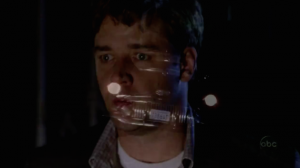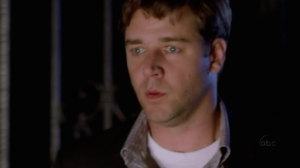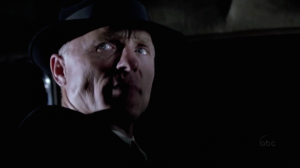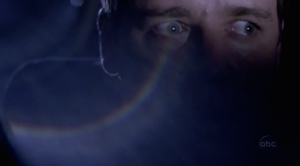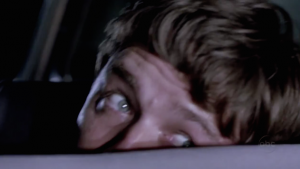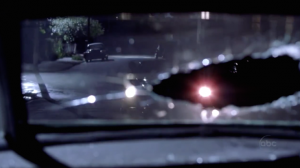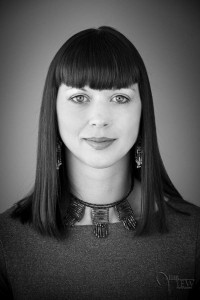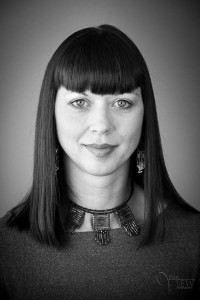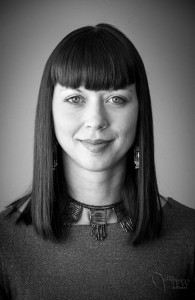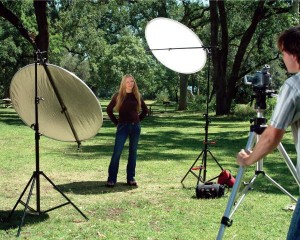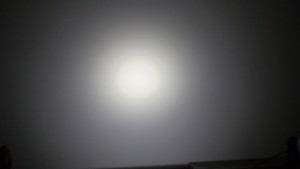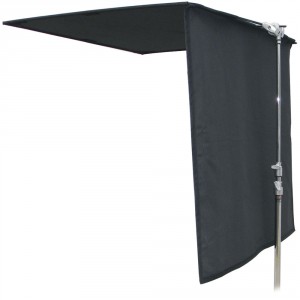This semester has been very hard, it is of course my last semester so I have made sure I ended my degree on a high and put a lot of effort and work in which I hope is seen in my work.
This semester I chose to do an essay/blog investigation instead of creating a film or shot scene. I did this because I wanted to challenge myself in a theoretical and analytical way. I have read countless essays and readings on lighting, blog posts from others, reflections, examples of lighting and I have watched many of the same scenes several times to understand why lighting was used within the shot and what it created in doing so.
I do not regret my decision to do this because I felt I learnt a lot more about lighting then I ever thought I would if I were to go out and shoot and I hope to take this learning into any future work I have lined up.
I chose to explore lighting and investigate it through films because I feel its a film technique that doesn’t get as much recognition as the other elements. I consider it a form of art and stylistic art expression. I look to lighting to seek emotion and overall a sense of feelings when positioned in front of me and or the viewer (audience).
What I learnt
- I learnt that lighting can create a lot more than emotion, it can express characteristics of an individual as well as the whole film itself.
- I learnt that lighting itself can be created in many ways from artificial lights to form this representation or even the natural lighting from the sun or moon.
- I learnt that it can create a dramatic point of view or even express happiness.
- I learnt that even colour lighting can be great in constructing a scene.
- I learnt that lighting can depict a certain time from historical or cultural point of view.
- I learnt it can create a mood
- It can highlight to enhance a person
- I learnt it cane a useful tool in all film techniques
- I also learnt that its absolutely awesome and I hope to create a film one day that highlights the use of light.
Overall this class has been quite challenging as I put a lot of work and effort into the investigations and films I chose to explore. It was very difficult to grasp what I was actually doing but I am glad to finally understand what I was needed to do and how I am able to learn from it all.
I loved the classes where we went out and shot with my classmates, it was great to see how others felt about films, acting and direction and put your own input in and hear feedback. At first I regretted choosing this class but I feel it has defiantly made me a more skilful person in understanding and researching topics which I have defiantly applied in my other learning.





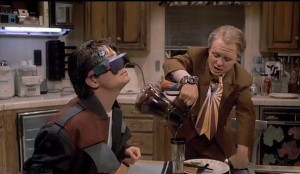



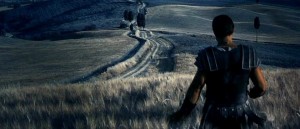
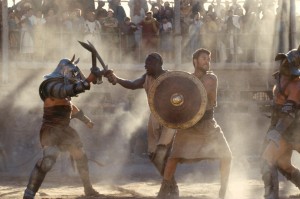
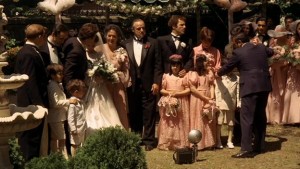

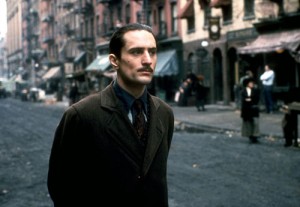
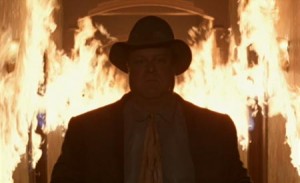 Dark, ominous, and depressing.
Dark, ominous, and depressing. Overhead light sources, and strange lights found in the middle of no where. Should seem weird but obviously Tarantino expresses it as a very bright moon, but no one seems to notice.
Overhead light sources, and strange lights found in the middle of no where. Should seem weird but obviously Tarantino expresses it as a very bright moon, but no one seems to notice. A black and white film which show lighting as art and creates mood through despair, hope, anger and triumph.
A black and white film which show lighting as art and creates mood through despair, hope, anger and triumph.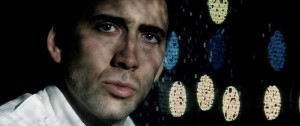
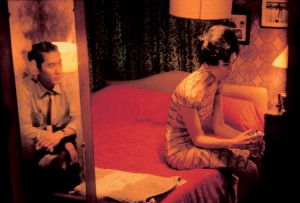 Shadowy illuminations, and manages to create it own separate narrative through the use of lighting.
Shadowy illuminations, and manages to create it own separate narrative through the use of lighting.

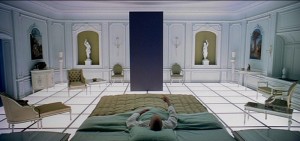
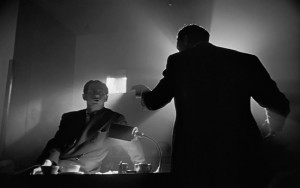 Moody and deliberate. Shadows shadows and more and more shadows. Lighting can humanise a lot and show emotions far greater than imagined.
Moody and deliberate. Shadows shadows and more and more shadows. Lighting can humanise a lot and show emotions far greater than imagined.
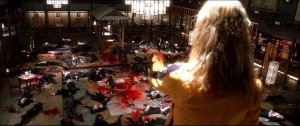
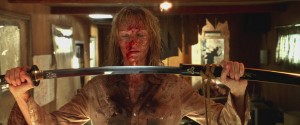
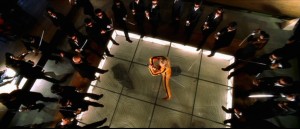
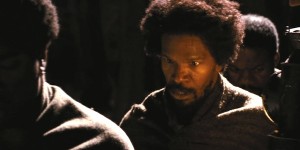

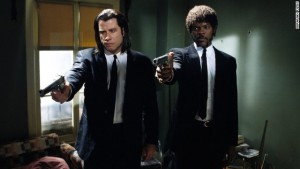

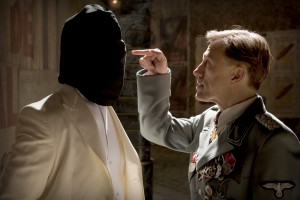

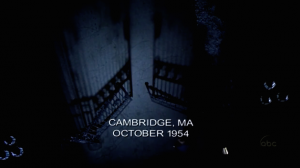
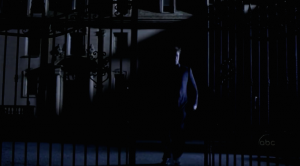 This shot is of Nash leaving the unknown mystery house in a hurry to not be seen. That one artificial light has created an extreme amount of shadows on the house behind Nash as he leaves as well as a hard light source on the right side of frame highlighting his left side of his body.
This shot is of Nash leaving the unknown mystery house in a hurry to not be seen. That one artificial light has created an extreme amount of shadows on the house behind Nash as he leaves as well as a hard light source on the right side of frame highlighting his left side of his body.